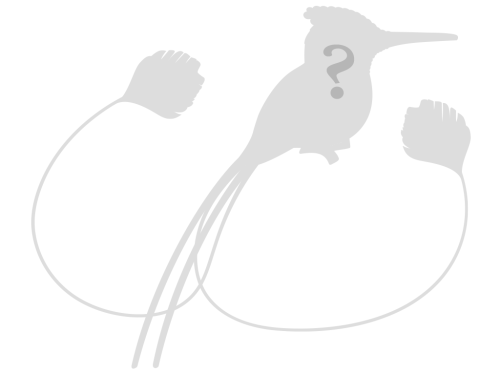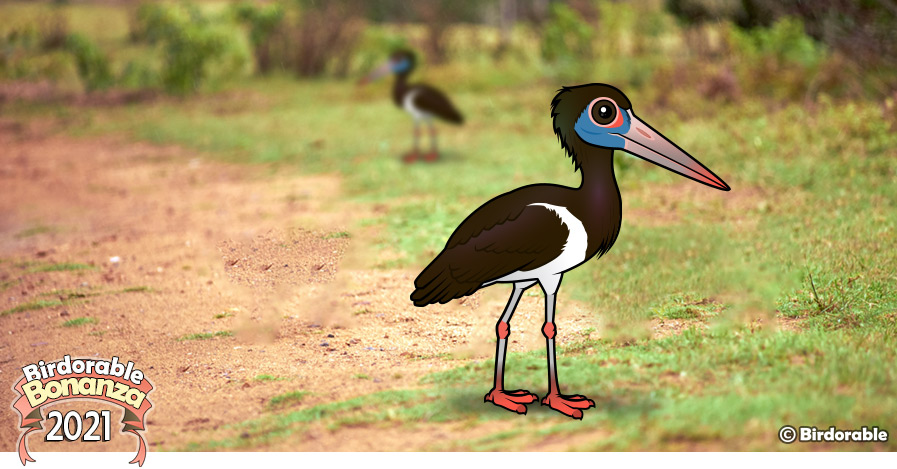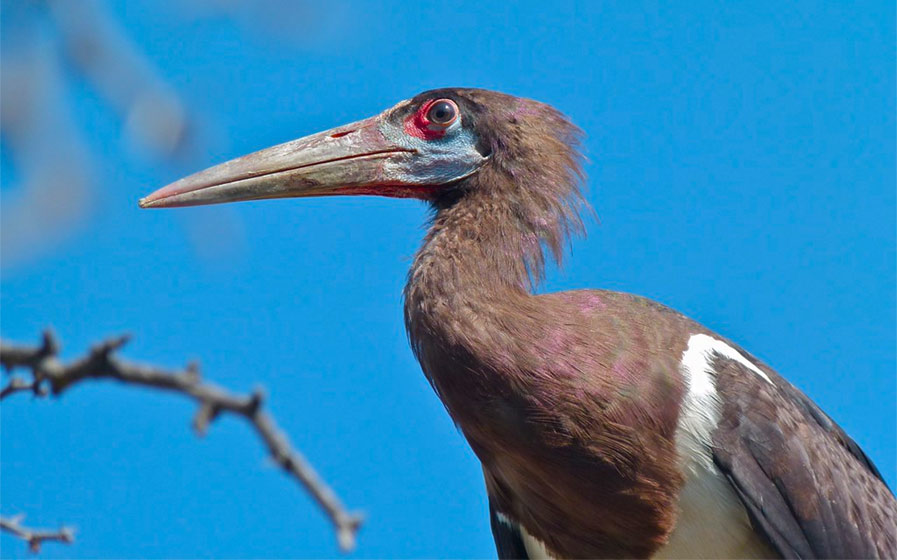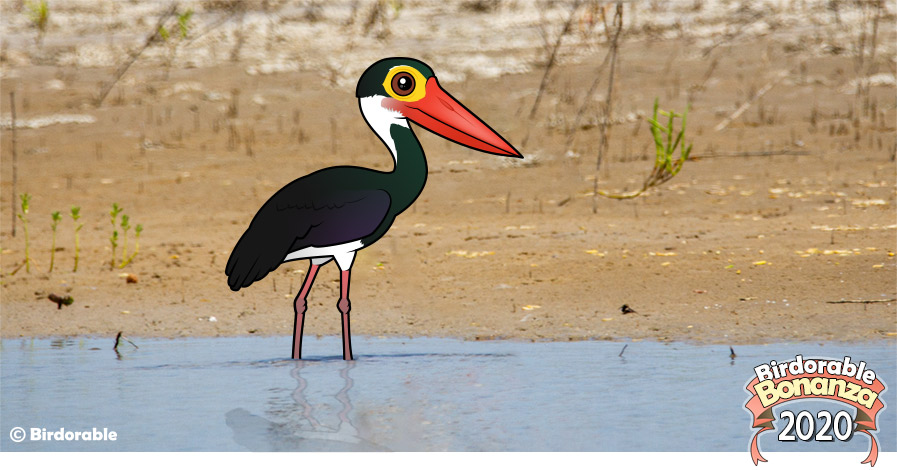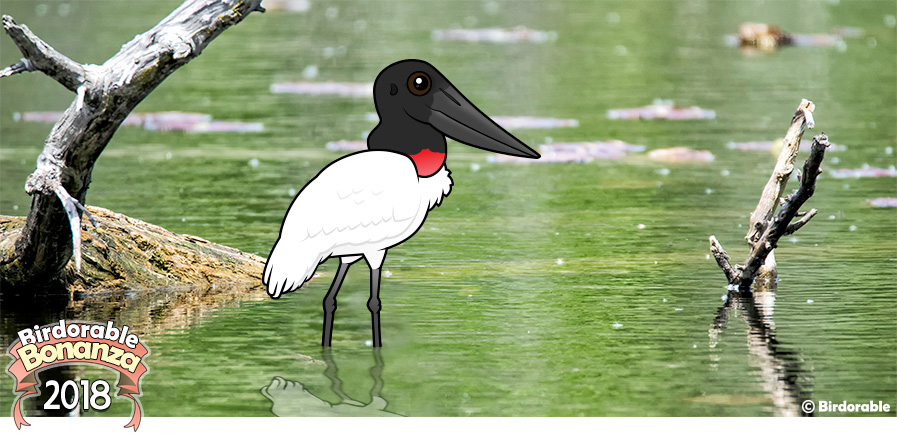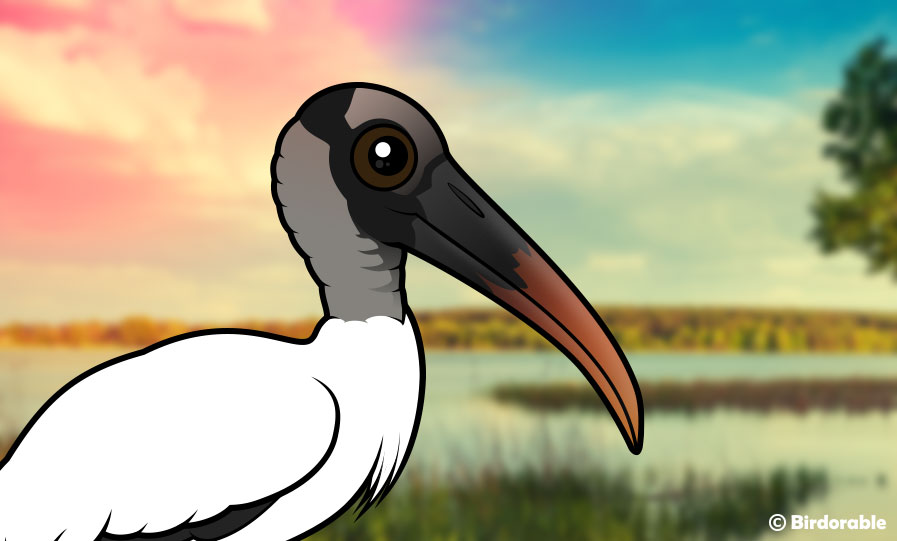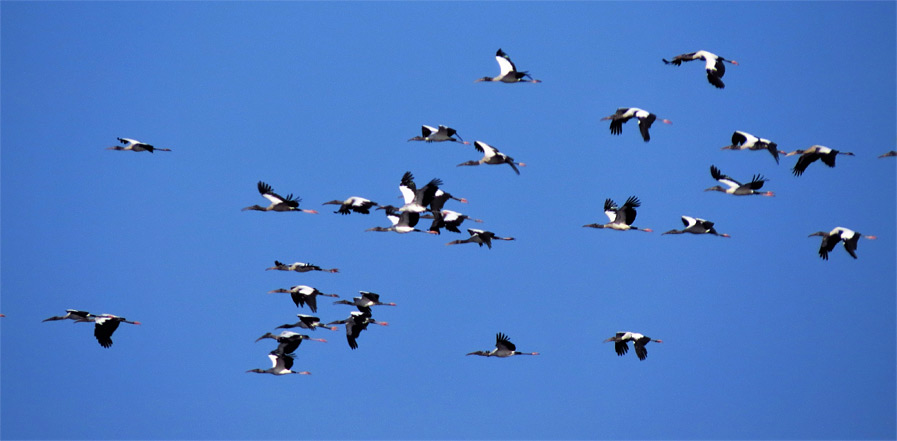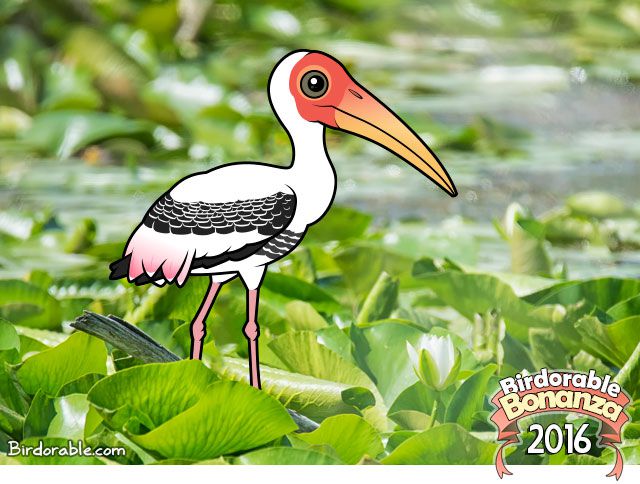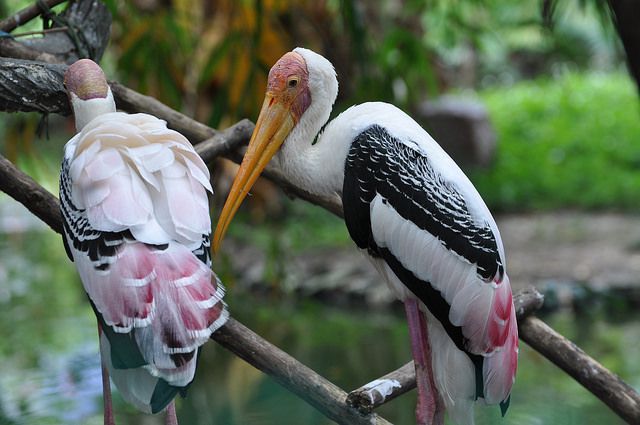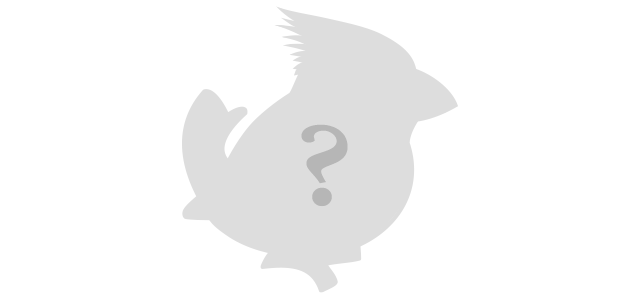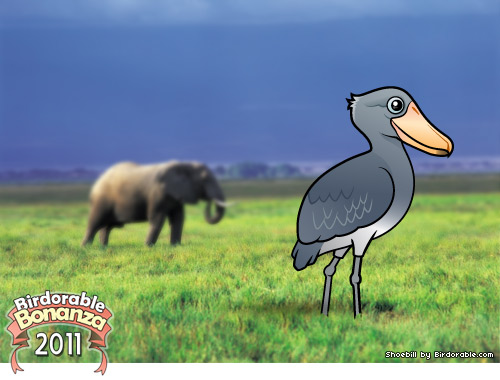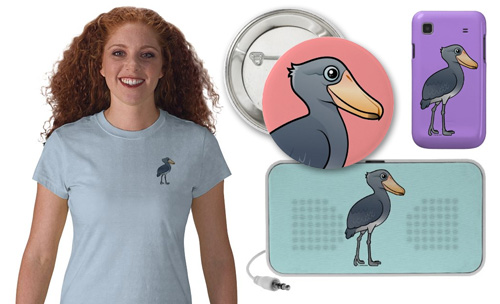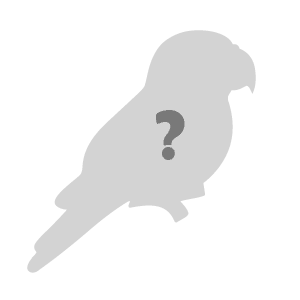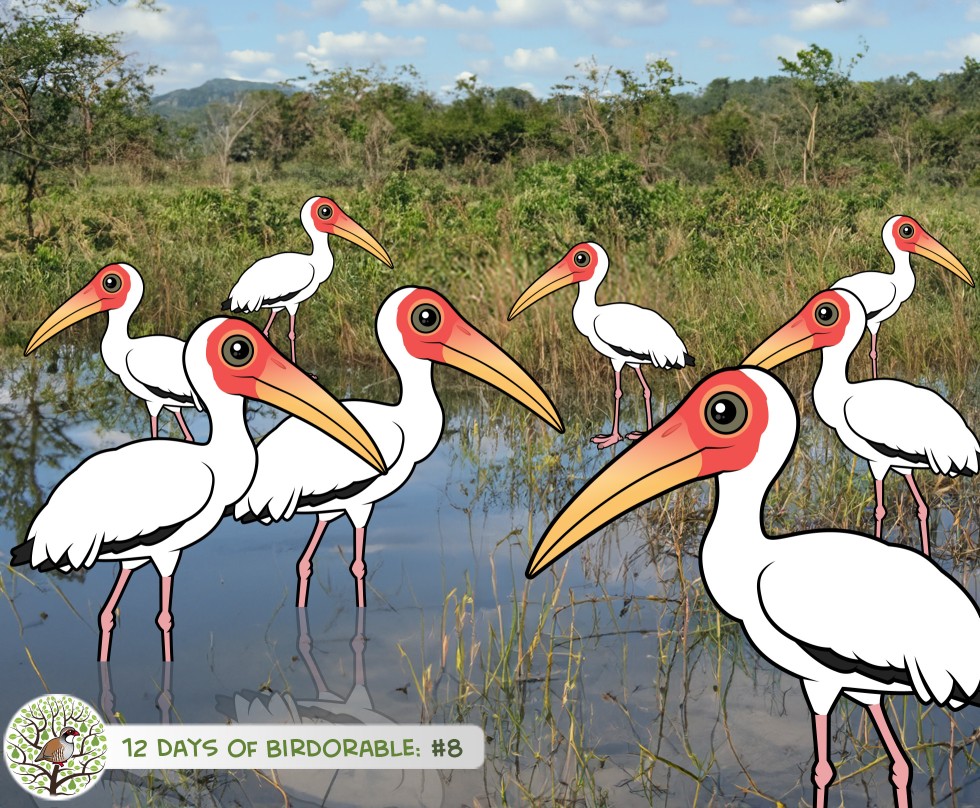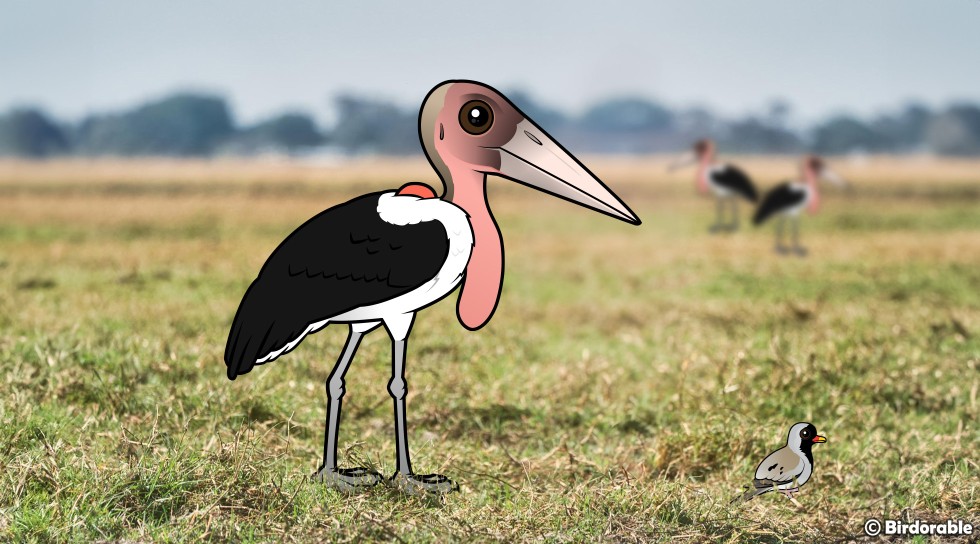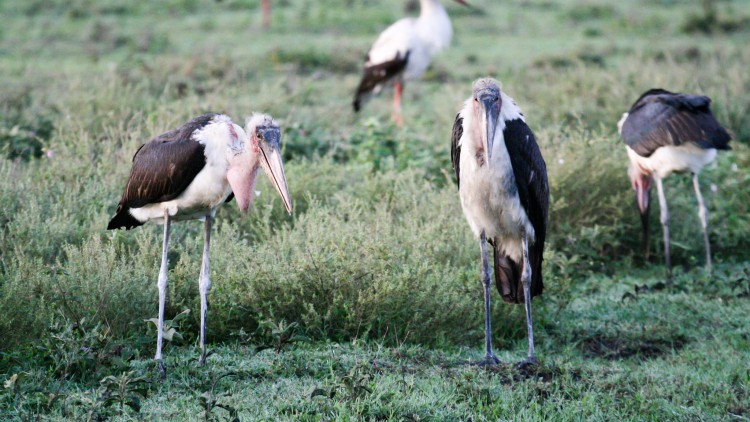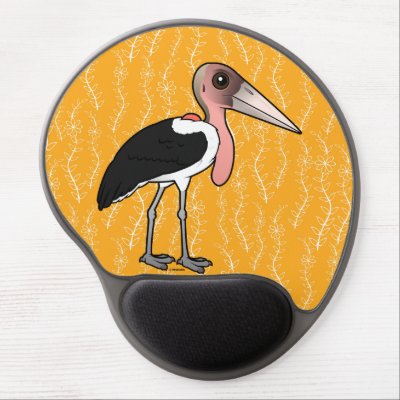2023 Bonanza Bird #4
Discovering the African Openbill: A Stork's Unique Approach to Feeding
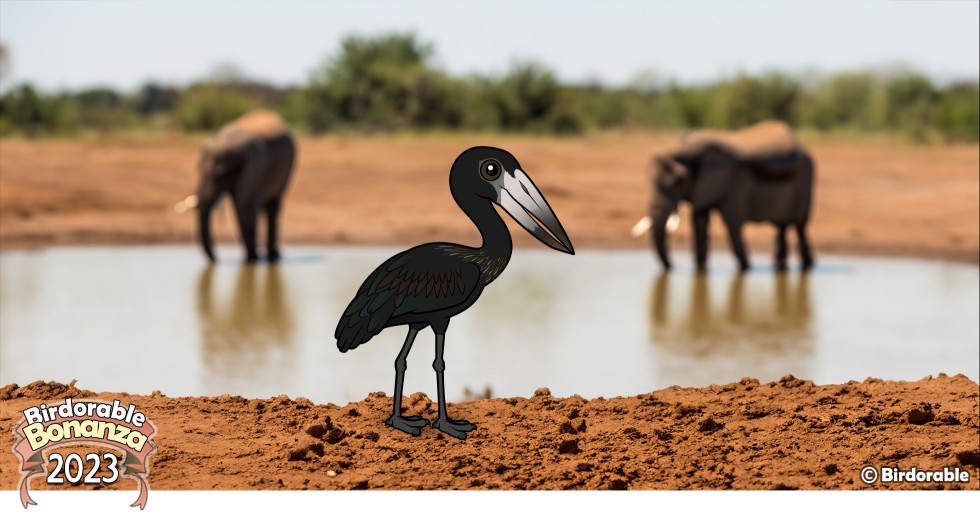
Today we continue our 2023 Birdorable Bonanza with the introduction of a unique species of stork found in parts of Africa. It's the African Openbill!
The African Openbill is certainly most notable for its namesake bill, which features a gap -- even when closed! This specialized beak is not merely a curious physical trait but a critical adaptation for its feeding habits. The African Openbill primarily feeds on aquatic snails and mollusks, skillfully using its gap-toothed bill to extract these creatures from their hard shells.
The African Openbill is one of about 20 (depending on the recognized taxonomy authority) species of stork in the world, and one of only two types with an open bill; the Asian Openbill is its closest relative.
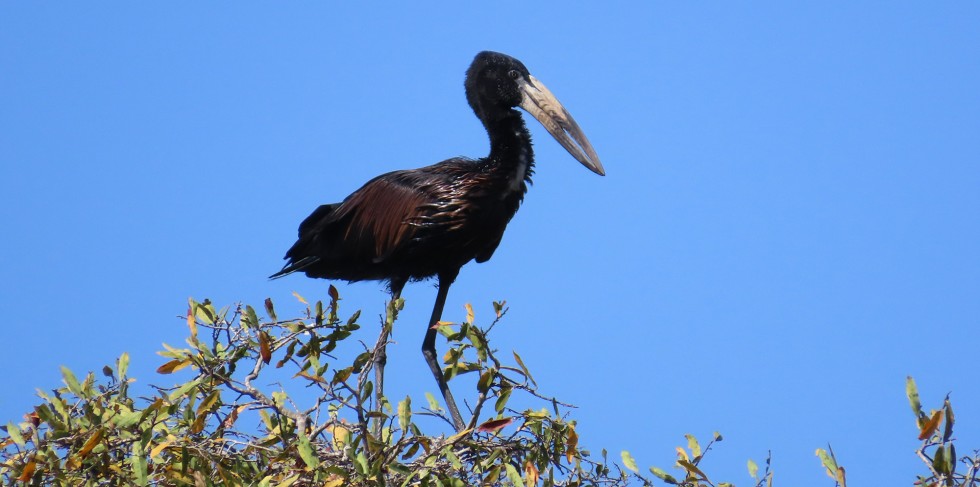
African Openbill at Kruger National Park in South Africa
Cute African Openbill gifts
Guess tomorrow's bird ...
Get ready to meet our mystery bird for tomorrow! This tiny wonder is famous for its striking appearance, boasting an incredibly long and ornate tail that's truly marvelous. Tomorrow, we'll unveil this avian gem and its mesmerizing features. Can you guess what bird it might be?
